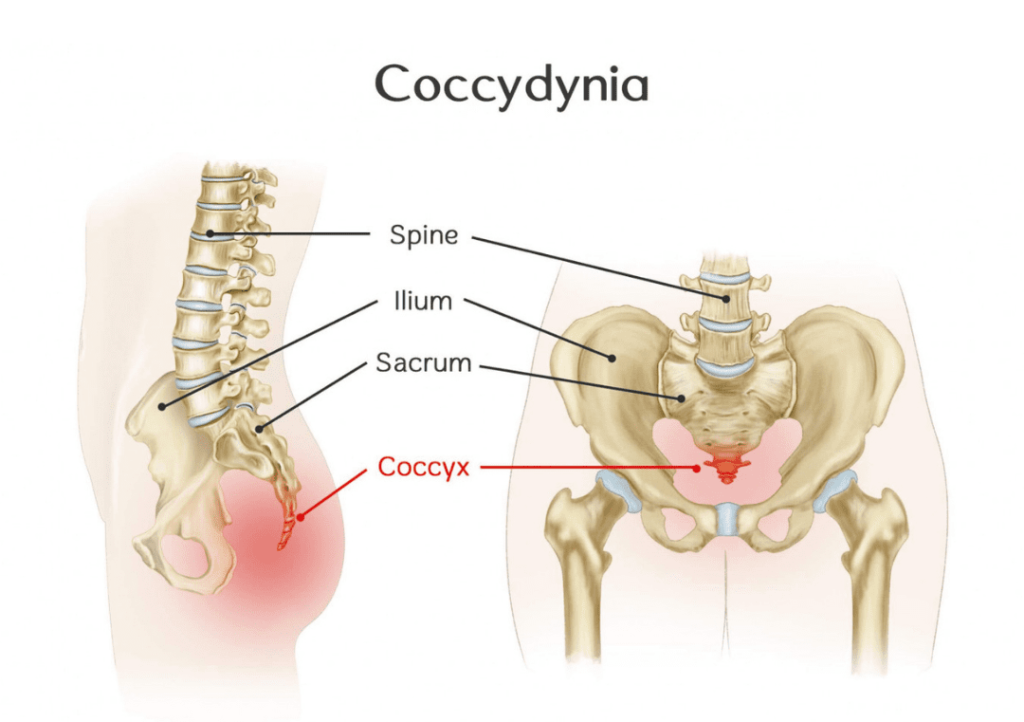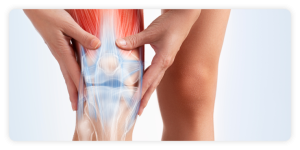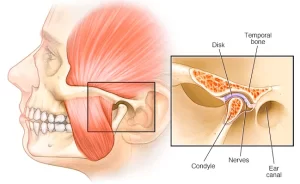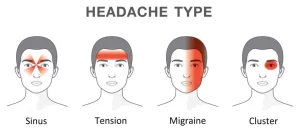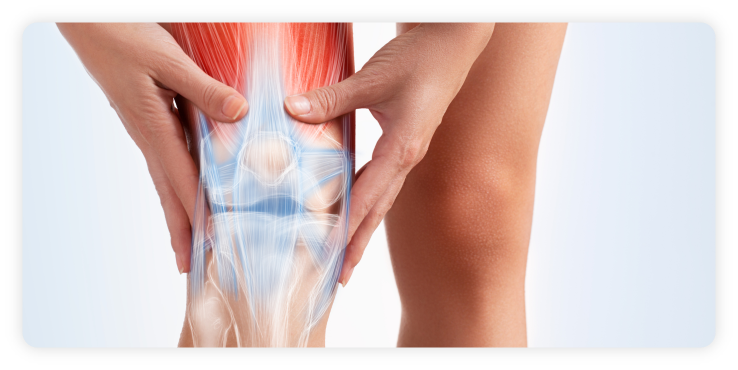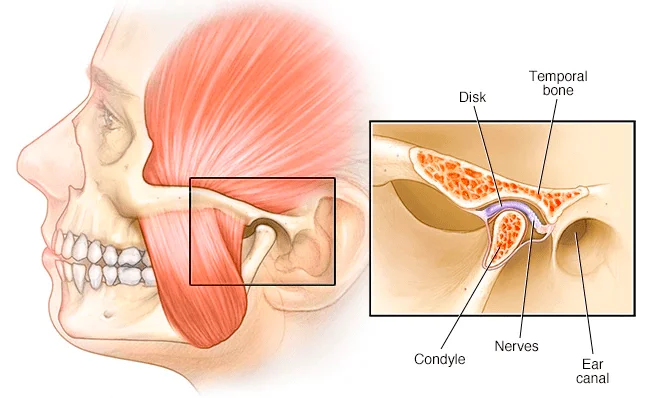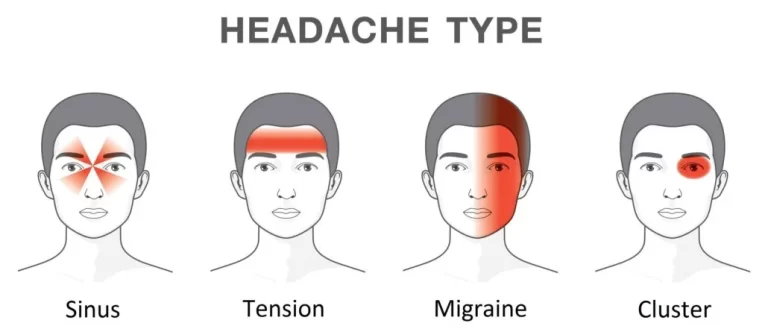What is Coccydynia or Tailbone Pain?
Inflammation of the tailbone (coccyx or bony area located deep between the buttocks above the anus) is referred to as Coccydynia. Coccydynia is associated with pain and tenderness at the tip of the tailbone between the buttocks.
What causes Coccydynia?
An injury or trauma may cause inflammation of the coccyx, but it may occur seemingly spontaneously. There are many causes of tailbone pain that can mimic Coccydynia, including Sciatica, infection (including shingles of the buttocks), pilonidal cysts, sacroiliitis, childbirth, poor posture, and fractured bone (broken tailbone or tailbone fracture). Less common causes can include a bony growth on the coccyx, the coccyx being too flexible or too rigid, and arthritis. Rare but serious causes include infection and cancer. Age-related wear-and-tear may also play a part.
Symptoms of Coccydynia
Pain and local tenderness that occurs at the coccyx are the major symptoms of Coccydynia. Tailbone pain can lead to difficulty sitting or leaning against the buttocks. Along with the coccyx pain with sitting, there is typically exquisite pain in the tailbone area.
Coccydynia Treatment
Physical therapy can help with Coccydynia. Although Coccydynia usually resolves over weeks to months with supportive care, it is sometimes protracted and debilitating. To speed up the recovery period, a physical therapist will focus on pelvic floor relaxation techniques that can help improve coccyx positioning and pelvic floor muscle tone. Manual therapy and gentle manipulation will be done to assist with reducing pain. Personalised exercises and lifestyle recommendations will also be prescribed to ease the pain and return to optimal function. If in doubt, please seek professional advice from a physiotherapist in Singapore.
Managing Tailbone Pain with Physiotherapy
Coccydynia can affect daily comfort, especially when sitting or moving for extended periods. Visit our Physio Clinic in Singapore to discover how therapy may help relieve discomfort and improve mobility through targeted treatment strategies.
Check out our popular articles: Diastasis Recti, Tight Back Muscles, Irritable Bowel Syndrome (IBS), Temporomandibular Joint (TMJ) Dysfunction, Tennis Elbow, Wrist Tendon Injury, Sciatica, Whiplash, Hernia, Herniated Disc (Slipped Disc).
